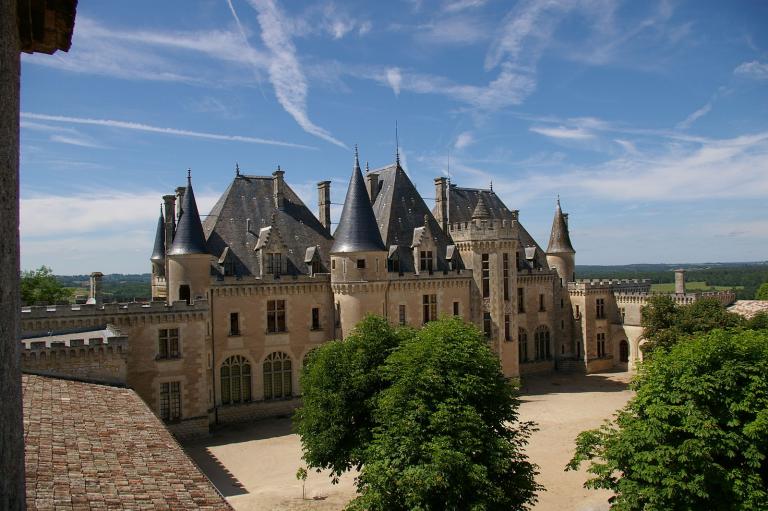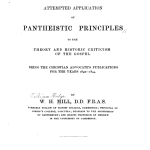
A staple criticism deployed against religious faith in general by some skeptics is the assertion that science and human thought were stifled in the medieval West by the cold, dead, theocratic hand of the Roman Catholic Church — which, they imply, merely offers one particularly clear illustration of the general and inevitable warfare between science and religion.
James Hannam’s The Genesis of Science: How the Christian Middle Ages Launched the Scientific Revolution (Washington DC: Henry Regnery, 2011) is simply one readable example of a number of relatively recent books that have exposed that claim as, on the whole, a distortion of historical reality. Dr. Hannam earned a bachelor’s degree in physics at Oxford University and a Ph.D. in the history of science from the University of Cambridge.
On page 210, Hannam introduces the French historian Jules Michelet (1798-1874), who coined the term Renaissance in the 1850s, and the much more famous Swiss historian Jacob Burckhardt (1818-1897), who made the designation standard usage with his important 1860 book The Civilization of the Renaissance in Italy. Both Michelet and Burckhardt contrasted the rebirth of culture in the fifteenth century — the Renaissance is typically understood as having begun in the late fourteenth century and continued into the early sixteenth — with what they saw as medieval stagnation.
Their view doesn’t hold up well under scrutiny. Here are a few snippets from Hannam, who has been laying out the scientific thought of the European Middle Ages for the previous two hundred pages of his book:
The Renaissance was as much an age of faith as the Middle Ages and, if anything, even more superstitious and violent.
The desire to look back to Greece and Rome was the true mark of the Renaissance, which in many ways was a conservative movement attempting to recapture an imaginary past rather than march forward. It was a time when, in order to be up to date in writing or architecture, artists had to model their work on a prototype that was over 1,000 years old.
In literature, humanism typified this trend. . . . [The humanists] felt that medieval Latin was an ugly and barbaric tongue best replaced by the pure Latin of the ancients. Their paragon was the Roman orator Cicero (106-43 BC), whose language they believed to be the most cultured and stylish. In fact, by insisting on maintaining Latin in its fossilized classical form, the humanists went a long way toward killing it as a living language. Medieval Latin was untidy precisely because it was a spoken language that could be adapted to new situations as they arose. No one had ever spoken formal Latin as Cicero wrote it. In seeking to turn back the clock, humanists thought they were at the cutting edge of innovation, but they were really incorrigible reactionaries. (210-211)
The French essayist, Michael de Montaigne (1533-1592), reported meeting a humanist of Pisa who assured him that “the touchstone and measuring-scale of all sound ideas and each and every truth, lie in their conformity with Aristotle, outside of which all is inane and chimerical: Aristotle has seen everything, done everything.” (214)
Posted from Victoria, British Columbia










